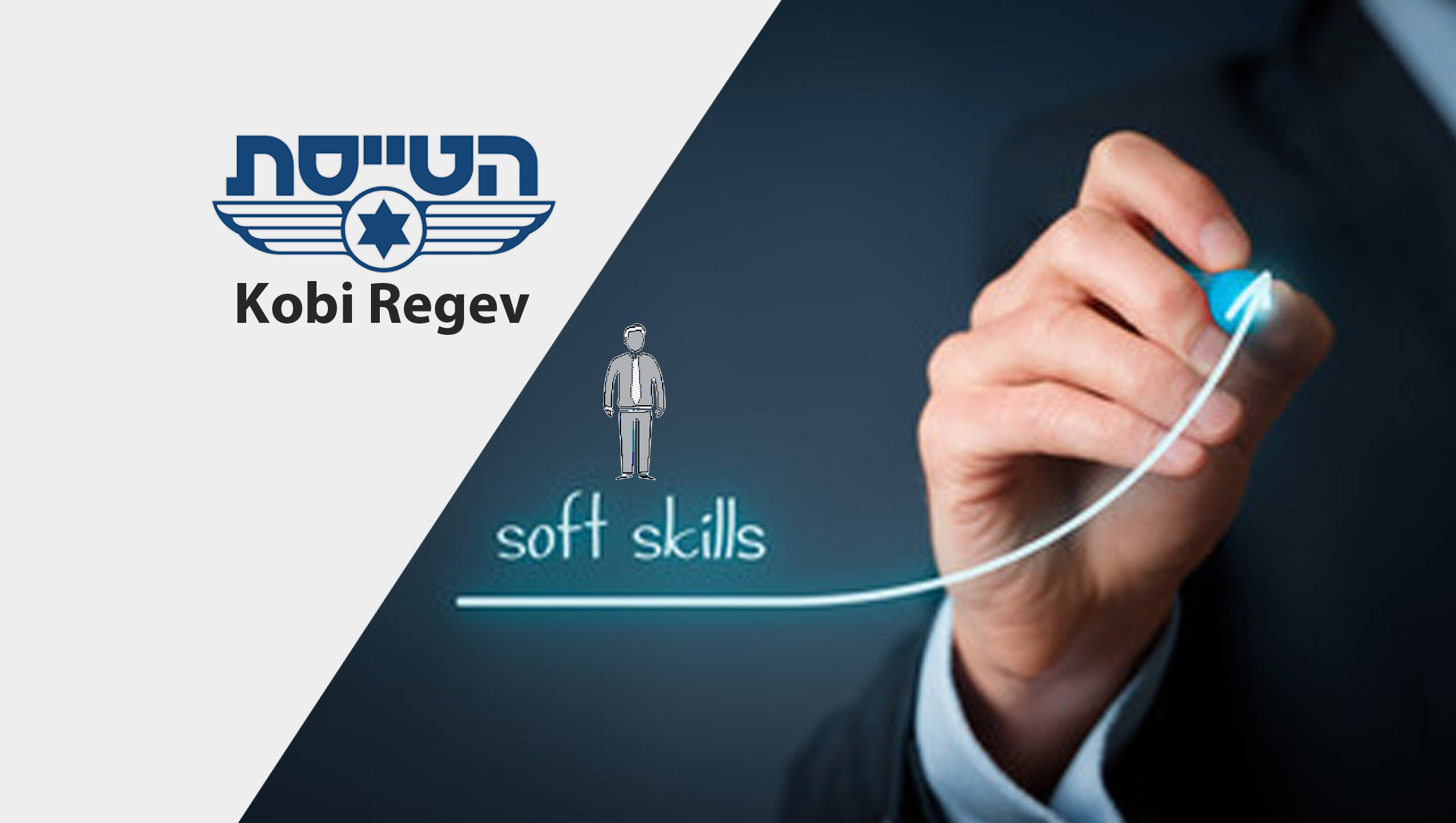We are starting to see an increase in simulators in the corporate training arena. HR and other departments and general management, including marketing and sales teams are recognizing the benefits of incorporating a realistic, risk-free experience into their organization-wide employee training programs. While the goal of any corporate training simulator is to educate or train employees, the gamification of the program helps reinforce the lessons through a fun environment.
Marketing Technology News: MarTech Interview with Vladimir Poletaev, Chief Marketing Officer of Generali Global Assistance
Simulator Benefits
Over the past few years, I have trained thousands of employees from hundreds of companies using a realistic fighter jet flight simulator. I have found that the soft skills needed to excel in varying simulated environments can teach skills like teamwork, time management, and leadership from the simulated environment back into the business world.
Unlike traditional training, which may include lectures, reading, testing, and PowerPoint presentations, simulators adopt an experiential approach to getting their lessons across.
Simulators deliver real experiences for participants, which can be carried over into employees’ day-to-day roles. Some, like the one developed by The Squadron, place participants in a foreign environment where they are tasked with carrying out missions, while others may use virtual reality glasses or create simulated environments that participants need to navigate in some manner.
Placing employees in a simulated environment, particularly one with which they aren’t familiar, actually frees the employee to try new things. They typically have no experience flying a plane, so participants in our program have no expectation of succeeding. This lack of expectation in the simulated environment is actually freeing, as it enables participants to push boundaries and try new approaches and techniques.
Simulators are especially powerful because they deliver immediate feedback. Participants are able to recognize, very quickly, where they succeeded or failed, and have the opportunity to learn from the experience.
Once the simulation is complete, it is vital that the program highlights the skills learned. Through workshopping the simulation experience, employees come to recognize skills that they used during the simulation and come up with ways to apply those lessons to their job. Those skills can include everything from working together as a team, learning from mistakes, or assuming leadership roles for projects.
Simulators allow participants to practice and build on their skill level. As opposed to a classroom or PowerPoint training session where information is presented and often forgotten, simulators can be used repeatedly over the course of a session. The repetitive nature of these systems lets employees do things over and over again until the lessons and skills become more ingrained. The repetition makes it easier for them to remember and bring the skills they learned back to their workspace.
Marketing Technology News: MarTech Series Interview with Bryan Walkey, CEO of GainShare
Strategic thinking and decisionmaking also come into play with simulators. Typically, these programs require participants to put themselves in the position of others or use analytical and communication skills that they may not use during a typical workday. Again, these are not the types of skills that can be easily developed during a PowerPoint training session.
Considerations for Organizations with Simulator Training
Immersive technologies like simulators have the ability to create long-lasting change and develop skills. However, organizations that are considering implementing simulators into their training sections need to keep these considerations in mind when planning their program.
Content is critical
When selecting a simulator program, review the program carefully. Realistic and dynamic immersive training tends the be the most effective. Your employees will gain the most out of the training when they feel the program is realistic enough to apply the lessons to their working experience.
Feedback should be human
Most simulator programs rely on some type of feedback to bring home the lessons of the training. While it may be tempting to use some type of automated bot for feedback as a cost-saving measure, our experience has shown that the personal nature of feedback is best delivered by an empathic human being. For example, after we conduct flight missions, we have actual Senior Israeli Air Force pilots work with participants to analyze the flight and help pick out the lessons that apply.
Data privacy is critical
Employees are increasingly concerned about how data generated from their activities is used. As a result, some might be hesitant to fully embrace the simulator experience if they are concerned that data coming out of their session might one day be used to hurt their career. Be open about any data that may be collected or tracked before the training session, and let your employees know how that data will be used. This will help to create an environment where team members are willing to participate and grow their skills.
Soft skills are increasing their importance in a WFH word
With so many employees working from home today, it is more important than ever to develop a workforce capable of working together from different places. Virtual programs using simulated environments can help create a cohesive unit, build trust among employees, and ensure that your team has the skills they need to get the job done.
Marketing Technology News: MarTech Interview with Lynn Girotto, Chief Marketing Officer, Heap





